In 2015, Europe seemed like an open beacon of hope: that year, embodying the slogan “We can manage,” Germany welcomed hundreds of thousands of refugees. Today, the picture is very different. EU states are steadily tightening control, restricting access to asylum, and building a system of externalized processing—from deportations to outsourcing applications to third countries—an approach that has increasingly fueled fierce disputes within the union, including in Berlin, where the chancellor’s initiative is facing resistance inside the SPD.
Meanwhile, vulnerable people remain stuck in camps, where years pass in limbo: without work, without a clear future, and amid growing apathy and psychological exhaustion, as shown by stories from centers where time itself becomes a form of torment.
Europe thus finds itself caught between two realities: a policy built on restriction and external control, and human lives trapped in an endless pause. The divide reveals that the migration crisis is not an episode but a permanent challenge that continues to shape European politics and public attitudes.
In August 2015, Lesbos resident Paris Louamis could hardly believe his eyes. From the Turkish shore, boats kept arriving one after another. “Memories of those days come back to me,” says the 50-year-old hotel owner. “They were coming from Syria, Afghanistan, and many other countries.”
Within just a few months more than a million people had entered the European Union—the largest refugee flow since World War II. Louamis, along with volunteers, handed out food and clothing on the shore to the exhausted migrants. “I am proud of what we did then,” he recalls.
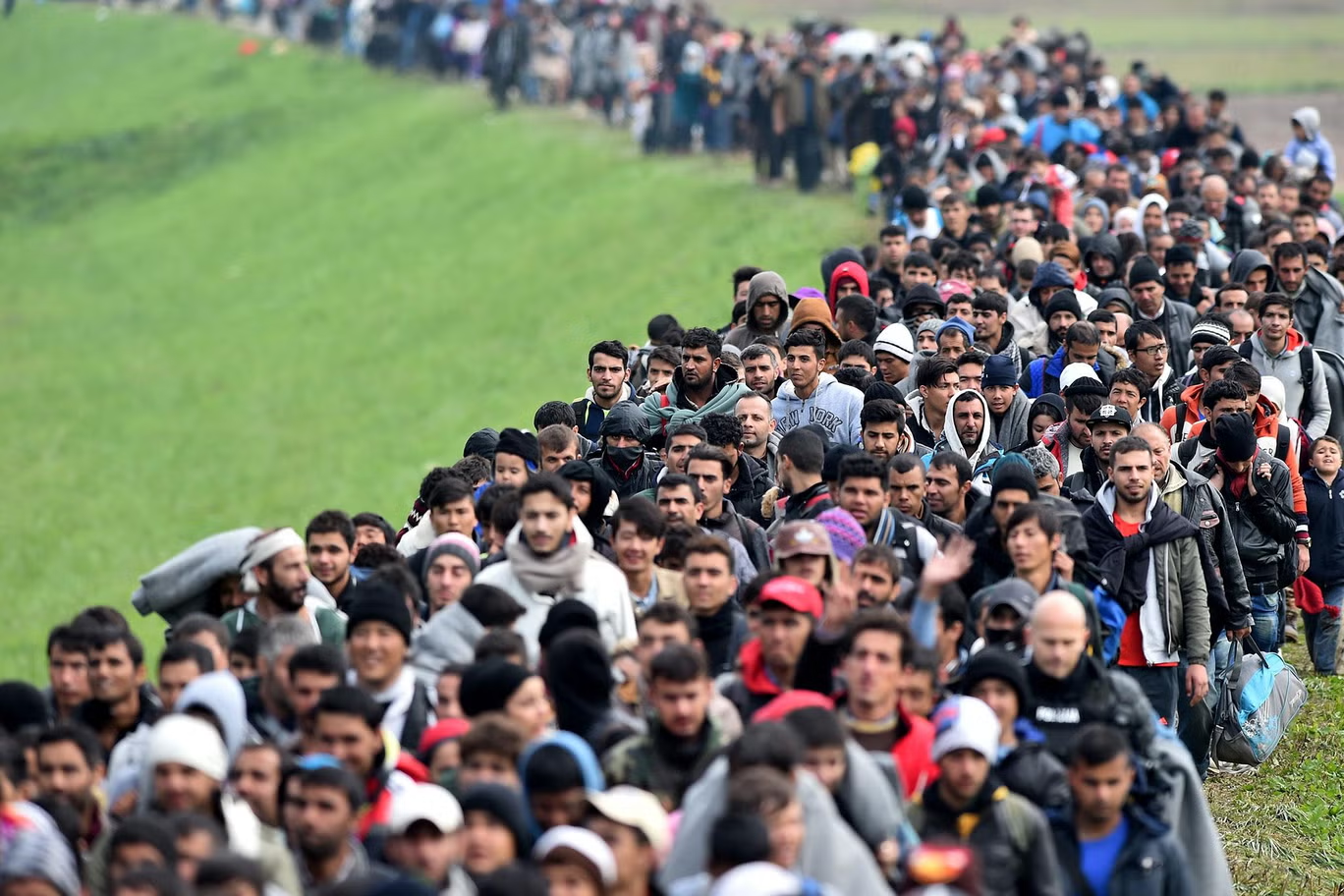
Most of the least accepting countries are located along the so-called Balkan route once traveled by migrants moving from Greece to Germany.
Today the beach is empty. But the hotel owner is uneasy about the prospect of a new wave: numbers rise in the summer, and Greece’s migration minister has warned of a potential “invasion” by those fleeing Sudan, Egypt, Bangladesh, or Yemen. “I see the suffering of these people. They haven’t reached us yet, but we’re seeing arrivals in Crete. If the wars continue, it’s quite possible they’ll end up here too,” Louamis reflects.
Looking back at 2015, I recall how asylum seekers made their way toward Germany and Scandinavia—on foot along railway tracks, through fields and back roads. Tens of thousands arrived in Germany each month: 76,000 in July, 170,000 in August. It was then that Chancellor Angela Merkel uttered the phrase wir schaffen das—“we can manage,” which became a symbol of the country’s readiness to accept refugees.
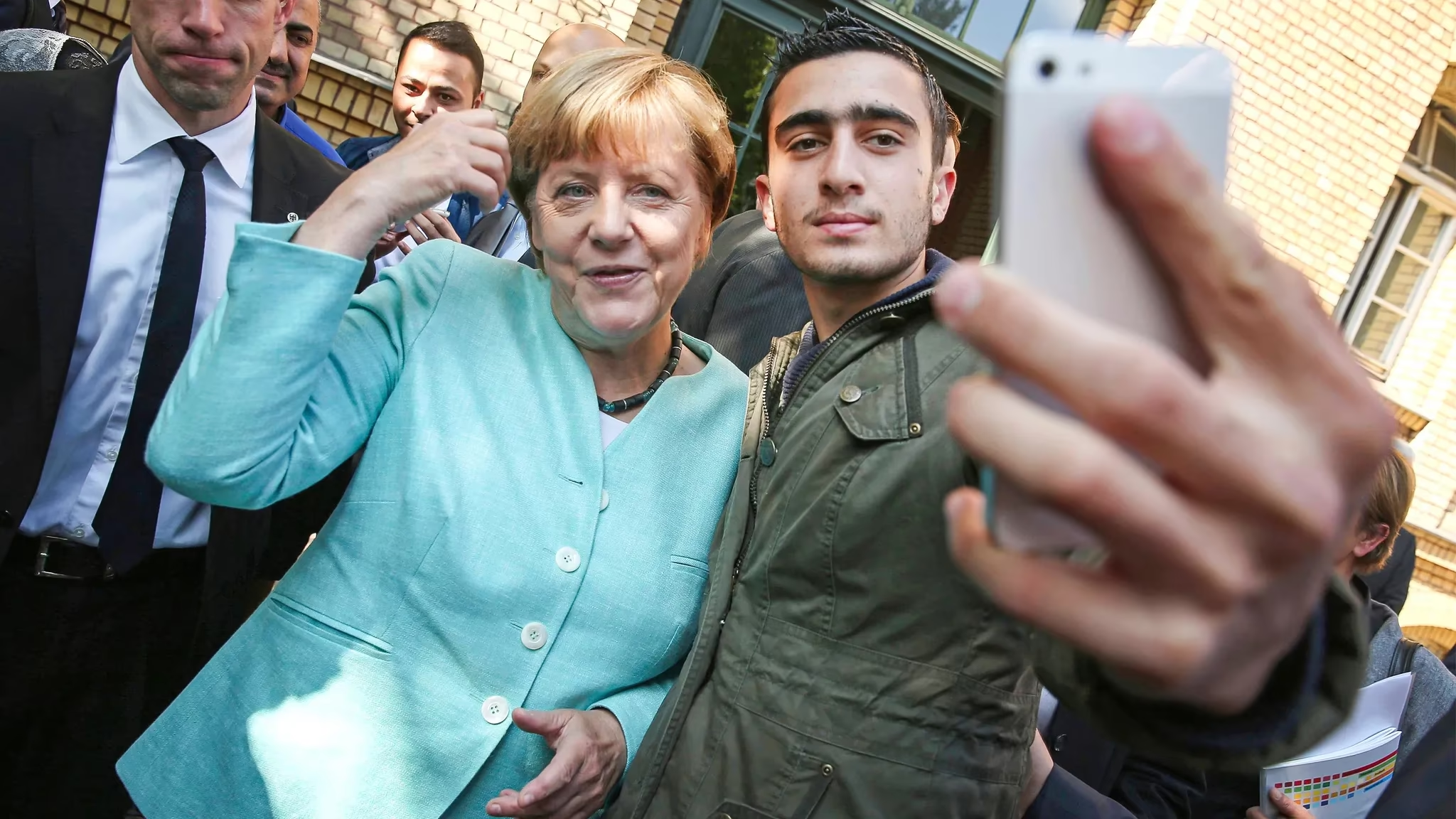
German Chancellor Angela Merkel declared “Wir schaffen das”—“We can manage,” a statement many interpreted as an open call to welcome refugees.
Her words about Germany’s strength and the need to overcome difficulties entered history, but the political consequences proved far heavier. The optimism of the summer of 2015, when crowds greeted migrants with applause, now feels like an echo of another era.
Over time Merkel’s slogan turned into a burden: critics argued it became a “magnet” for new waves of migration. Within just two weeks, the chancellor was forced to reinstate border controls.
Ten years on, migration remains one of the defining issues in European politics. The sources of discontent vary from country to country, but the common threads are fears over security, economic hardship, and disillusionment with traditional parties. All of this fuels distrust toward those seeking refuge in Europe.
These sentiments have strengthened the far right: over two electoral cycles their support in the EU has nearly doubled, reaching 27.6%, according to the Atlas Institute.
Although the scale of arrivals is no longer comparable to 2015, an average of around 200,000 new arrivals is still registered each year. Since the start of this year alone, more than 96,000 have arrived. The question remains: can restrictions really stop the flow? Or do global wars and poverty make migration inevitable?
Hungary Set the Course for Hardline Migration Policy, Followed by Other European States
Hungary remains the symbol of a tough stance on migration. In September 2015, I watched as the first fence was erected on the border with Serbia—and hundreds rushed to cross before it was closed.
Today, Minister for EU Affairs János Bóka insists that Budapest’s stance has been vindicated: other European capitals are now following Hungary’s example. He points to London’s plans to limit refugees’ ability to bring family members, as well as steps taken by Ireland, Denmark, and Sweden.
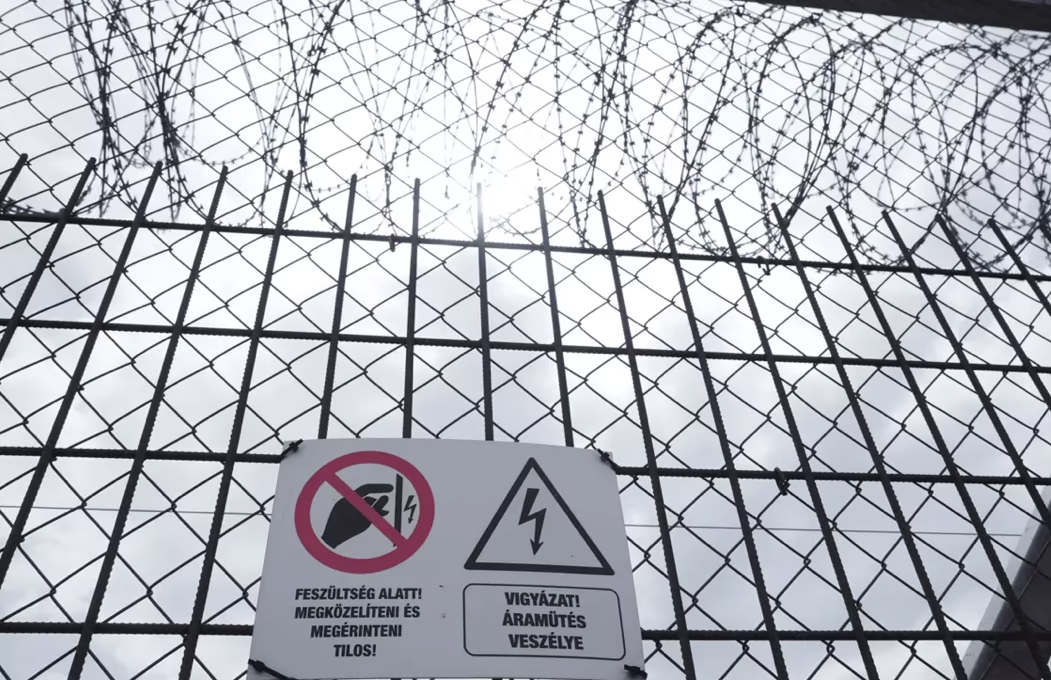
In June 2015, Hungary began building a four-meter-high fence along its 175-kilometer southern border.
“We feel vindicated not only because of what is happening in other European countries. It is proof that we chose the right path ten years ago. Today most countries are doing what we have been doing for years,” he asserts.
Hungary’s practice is uncompromising: those who cross the border illegally are immediately expelled. Asylum applications can only be filed in Belgrade or Kyiv—making the procedure virtually inaccessible in wartime. “In essence, there is no legal pathway to enter Hungary as a refugee,” says human rights activist Tímea Kovács.
For breaching EU obligations, the country pays a daily fine of one million euros. But Bóka insists the course will not change. “If this is the price for protecting Hungary’s borders and stability, it is worth paying,” he maintains.
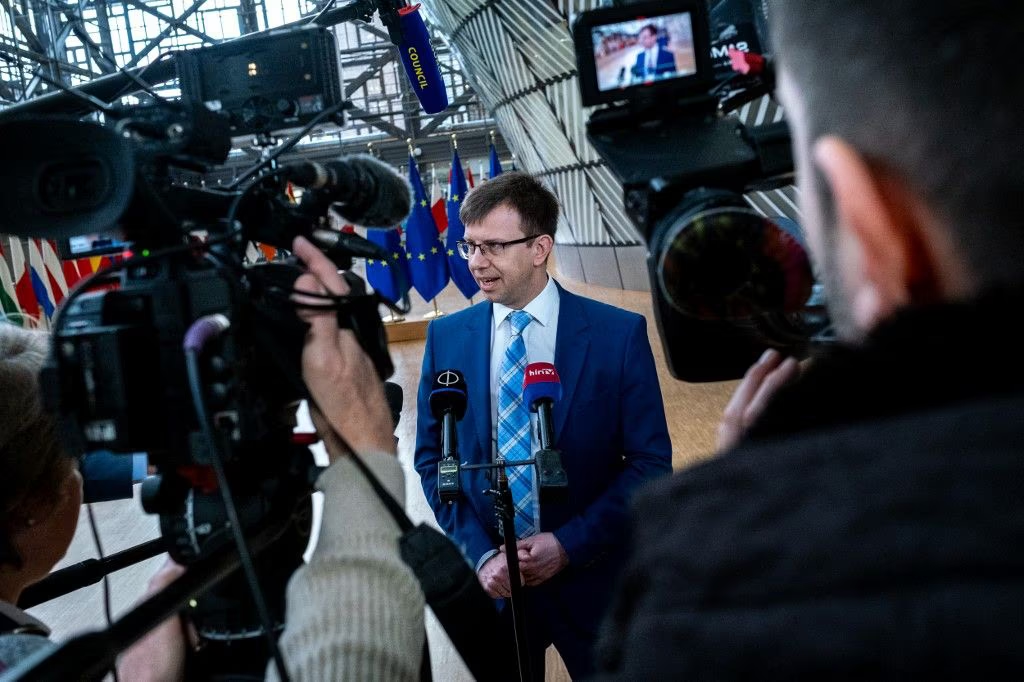
The EU fines Hungary one million euros a day for failing to meet refugee intake obligations. Minister János Bóka insists the policy will not change.
Even such tough measures, however, cannot fully stop the flow. According to Austrian police, between 20 and 50 attempts to cross the border illegally from Hungary are recorded each day. And that is only the official count.
During a trip to the Serbian frontier, I heard grumbling among Hungarian border guards. We pushed deeper into the forest, guided along a dirt road by an armed patrol. Bright sunlight gave way to dense shadows, the trees forming a tunnel. There, at that stretch of the border, the tension was palpable.
Volunteer Patrols on Hungary’s Border Seen More as Show of Force than Effective Defense
Dressed in camouflage and carrying rifles, Sándor Nagy and Erik Molnár patrol the Hungarian border with Serbia. Both are civilian volunteers hired by the state to bolster control.
“I feel sadness and anger, but most of all anxiety about the future,” admits Sándor. “Europe is failing to stop the flow. In essence, what we see has become one big performance. Border defense is more of a political show.”
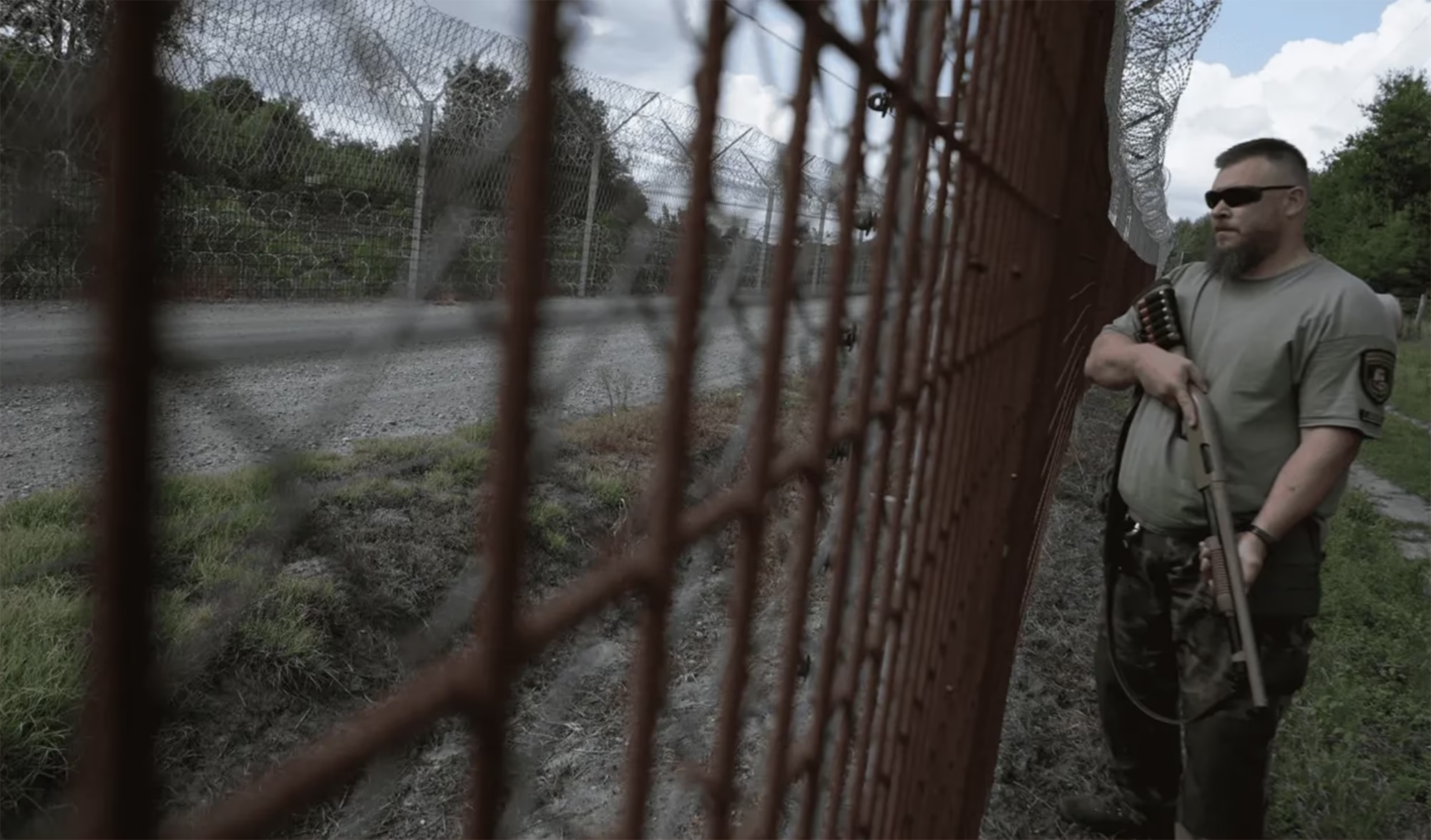
The EU fines Hungary one million euros a day for failing to meet refugee intake obligations. Minister János Bóka insists the policy will not change.
A few minutes later, our path opens onto a clearing. In front of us stands a four-meter-high fence, wrapped in barbed wire, fitted with sensors and cameras. “They just cut through it, and groups surge across at several points at once. It has been like this for many years,” Sándor explains.
The main threat, he says, is not individual crossings but organized crime, which is always one step ahead of the authorities. “This fence does not ultimately stop anyone. It only delays people, but it cannot halt the movement.”
EU Deals with Neighboring States and Deportation Practices Turn Migration into a Political Tool
According to the UN, the rise of illegal trafficking has resulted in widespread human rights abuses. Smugglers abandon people in the Sahara desert or cram them onto overloaded boats. Those who make it farther often face forcible returns by security forces back into the desert. Over the past decade, more than 32,000 people have died attempting to reach Europe, including 1 300 this year alone. The International Organization for Migration stresses that much of this occurs with near-total impunity.
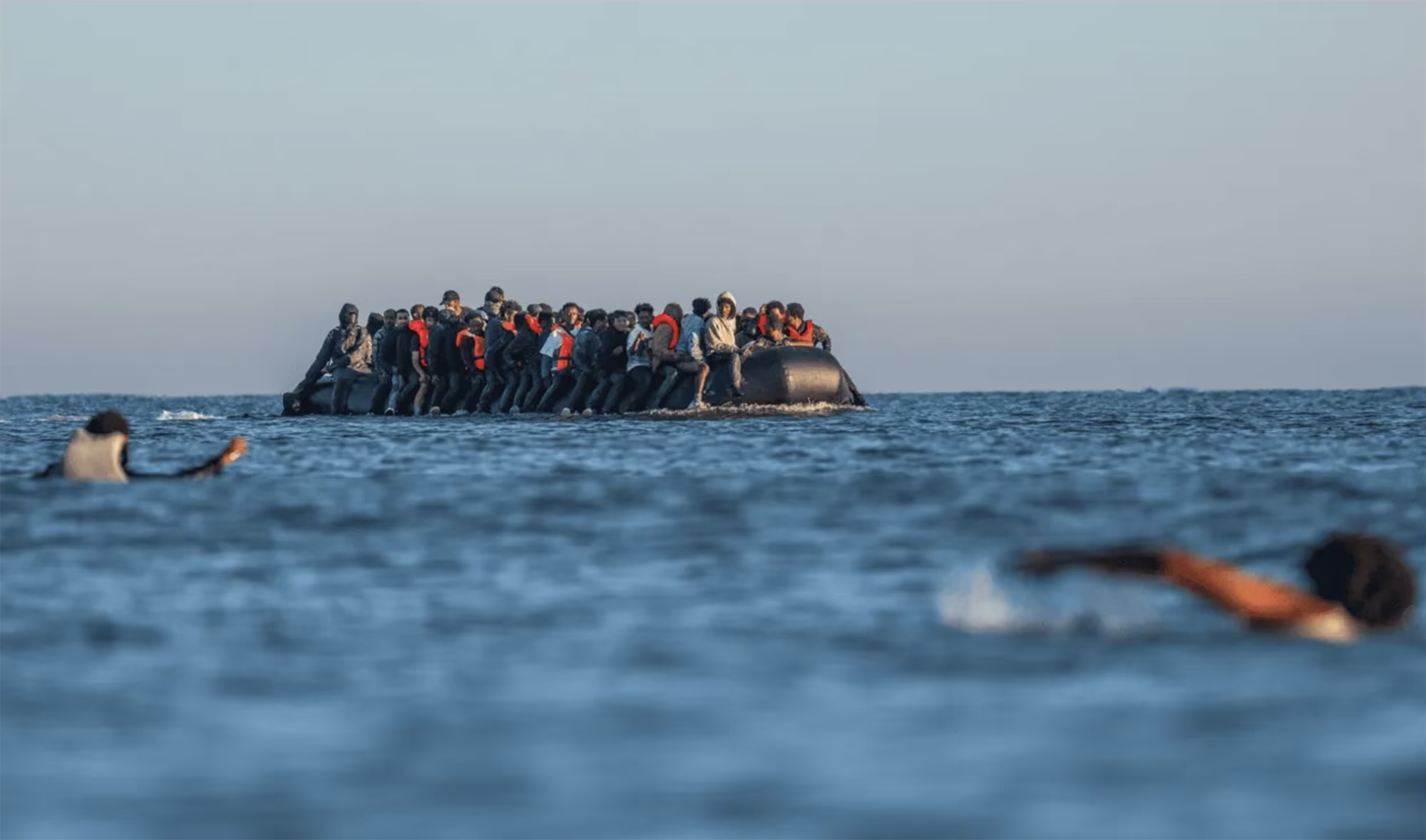
Over the past ten years, more than 32,000 people have died trying to reach Europe.
The summer of 2015 was not only marked by open arms. Several countries reacted instantly: Hungary built a fence, Croatia deployed police to contain crowds, Slovenia carried out mass detentions. By March 2016—six months after Angela Merkel’s declaration—the EU had signed a deal with Turkey to curb flows through Greece and Bulgaria. Similar agreements followed with Morocco, Tunisia, Libya, and Egypt, turning those states into buffer zones.
Since then, so-called “pushbacks” have been increasingly documented—cases where migrants are forcibly returned beyond EU borders. In January, the European Court of Human Rights found Greece guilty of “systematic” illegal deportations to Turkey.
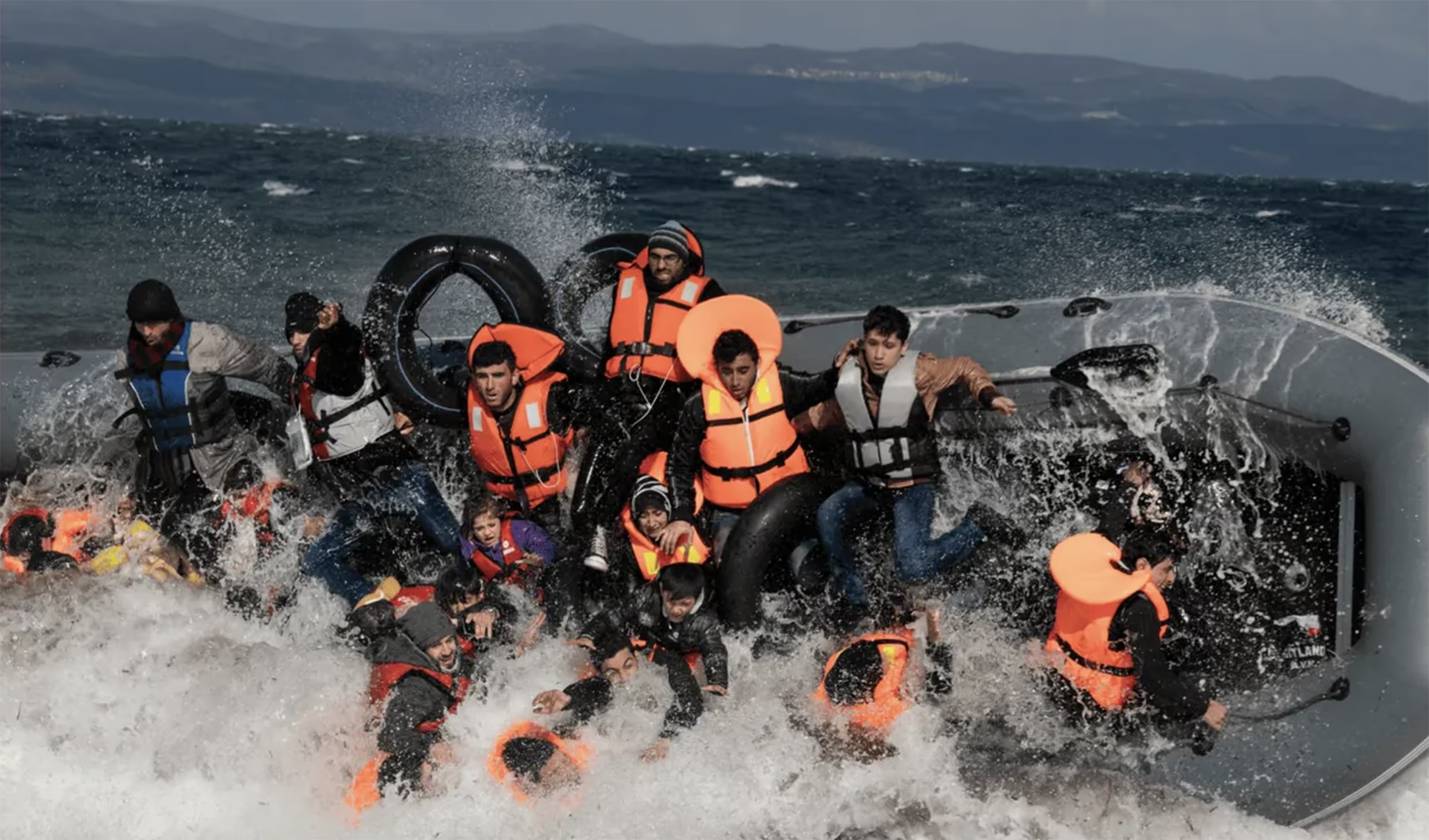
Numerous cases have been documented of police and coast guards pushing asylum seekers back across EU borders.
Gerasimos Tsourapas, professor of international relations at the University of Birmingham, calls the “outsourcing” of migration a turning point: “What was once an exception has now become the rule. ‘Migration diplomacy’ is contagious—one deal triggers the next.”
He also points to the paradox: “Europe is closing its borders and restricting access to asylum, yet at the same time it depends on labor migration to fill workforce shortages.”
Not Their Home

The Hell of Waiting
Inside a Dutch Refugee Camp Where More Than 20 Suicides Have Occurred
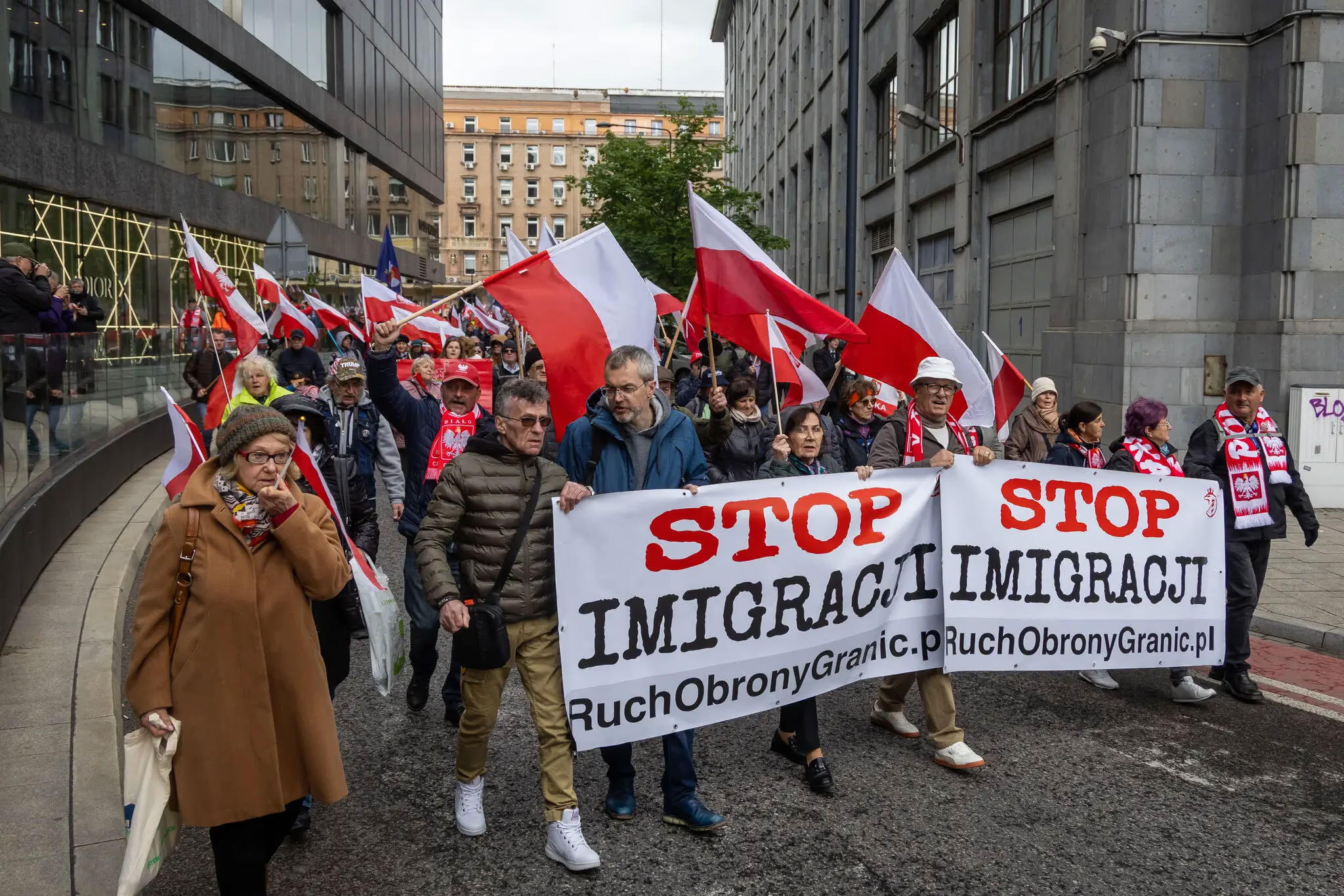
EU Migration Policy Shifts Sharply to the Right
Even Centrists Now Back Deportations, Offshore Camps, and Rewriting the European Convention

Berlin Backs Deporting Asylum Seekers to Third Countries and Processing Claims Outside the EU
The Merz Coalition Tightens Controls, Freezes Family Reunification—and Faces Resistance From the SPD
In Sweden, the Rise of the Far Right and Crime Has Shifted Public Attitudes Toward Refugees
In countries once seen as models of openness, migration has reshaped the political landscape. In Sweden, the Sweden Democrats won 20.5% of the vote in the 2022 election, becoming the country’s second-largest party. In exchange for supporting a minority government coalition, they secured tougher rules: restrictions on family reunification, reduced asylum quotas, and more difficult access to permanent residency.
In Karlstad, in western Sweden, lives Syrian refugee Abdulmenem Alsatouf. In 2015 he and his family received a warm welcome. Today, things are different. “At first, people were kind. But over the years—especially after the change of government—it has gotten worse. People have become more racist,” he says, recalling how neighbors once left a toy pig at his door. His wife, Nour, adds: “We are treated as if we came for their money. But that’s not true. I learned the language, earned an education, worked—in cleaning, in kitchens, in a kindergarten. I pay taxes, I am part of society.”
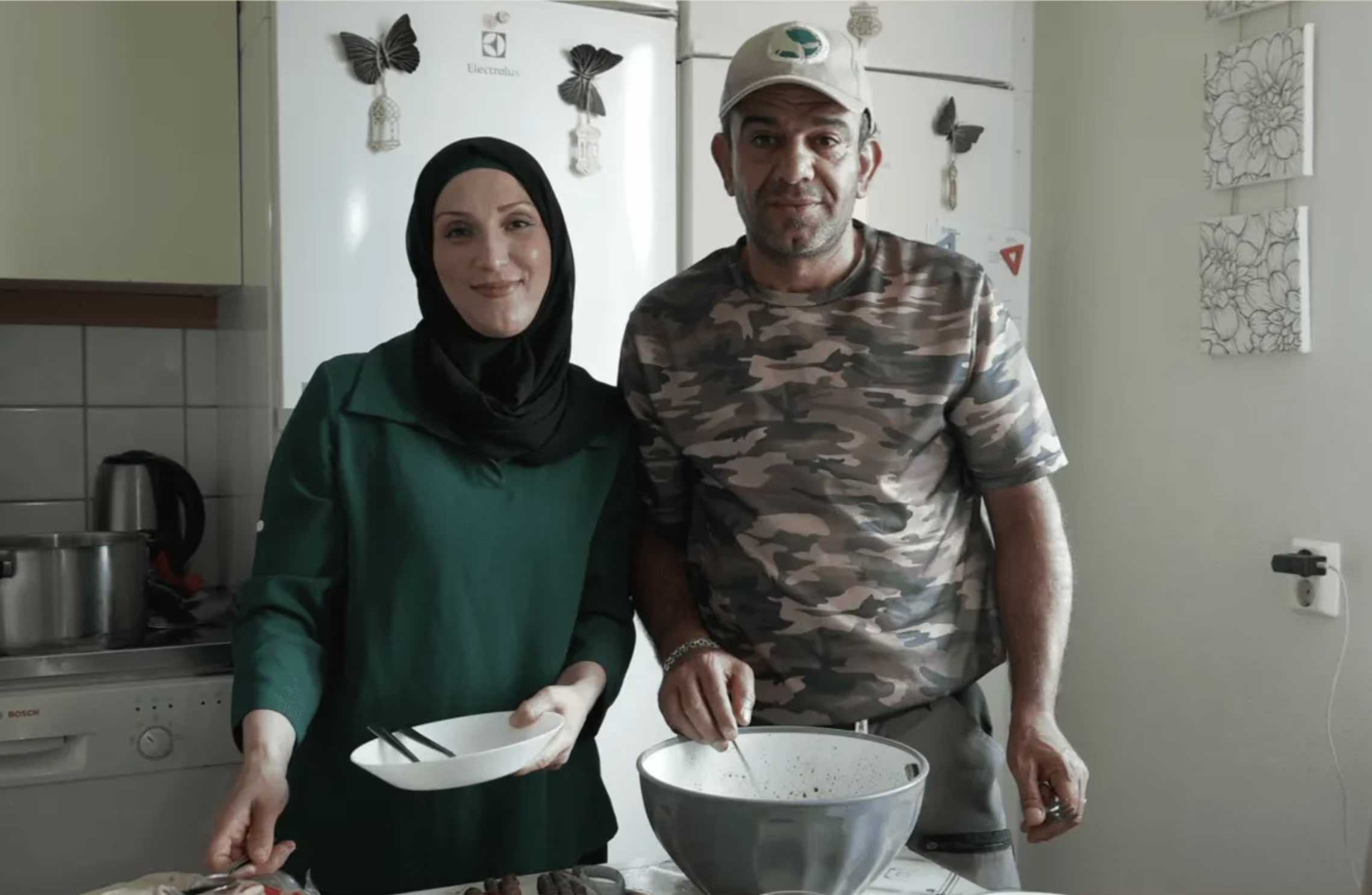
Syrian refugee Abdulmenem Alsatouf recalls how warmly he was welcomed in Sweden in 2015.
Why has public opinion shifted to the right? Politicians and media most often point to rising crime, particularly organized crime. Since 2013, the number of crimes involving firearms has more than doubled, with migrants or their children disproportionately represented among suspects. Yet Sweden’s Foreign Ministry cautions that simple conclusions are misleading, noting that unemployment, low education levels, and the trauma of war all play an important role.
Outside the cultural museum I met painter Daniel Hessarp. Like 60% of Swedes in surveys, he is worried about rising crime. “We see the statistics, we see who is committing crimes. That’s the answer. This didn’t happen in Sweden before,” he says. His apprentice, Theo Bergsten, takes a different view: “I’m not against immigration. It’s an opportunity to learn from each other. But the rise in crime is the sad part of the story.”
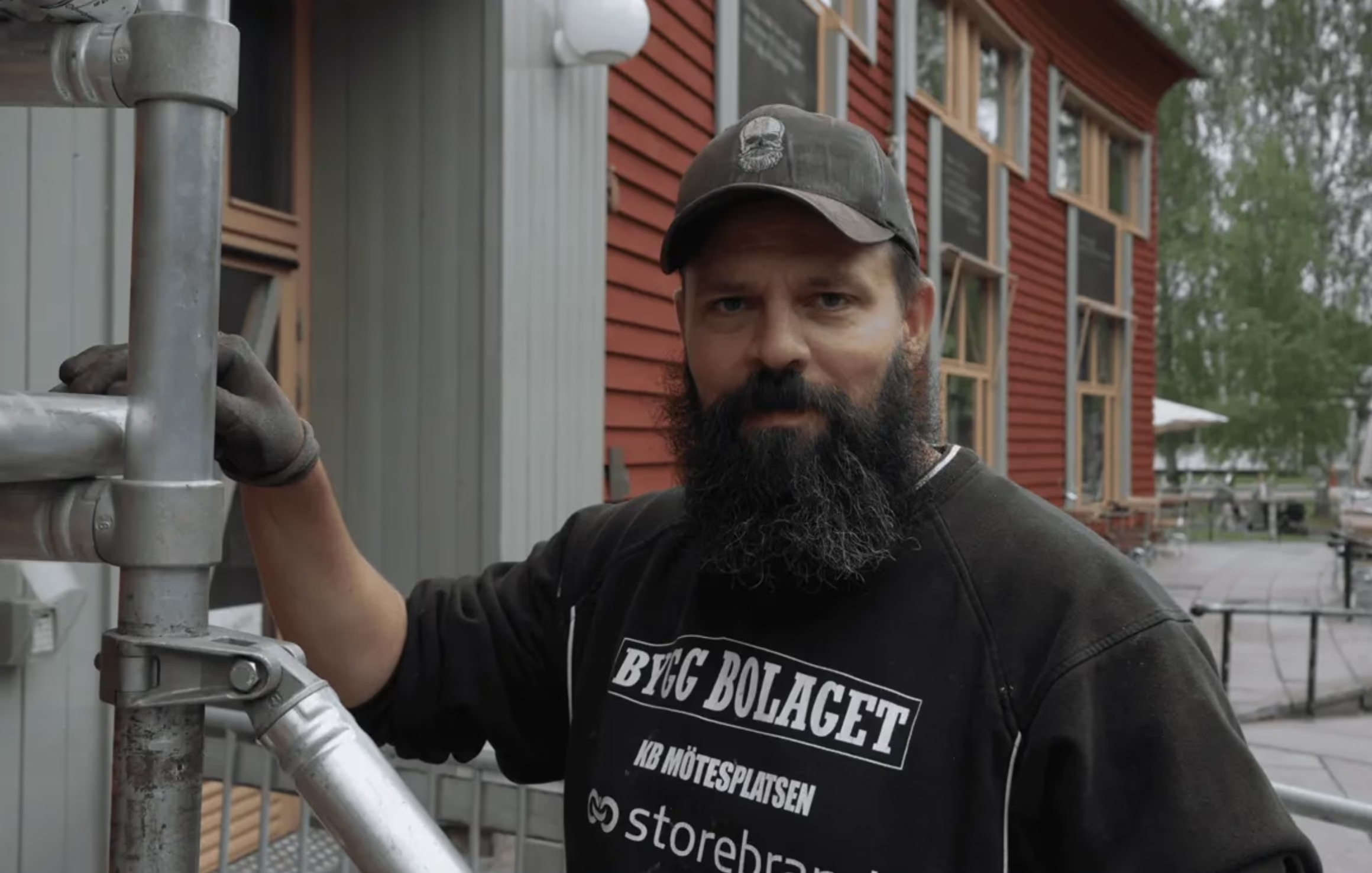
Karlstad resident Daniel Hessarp is among the majority of Swedes who express concern about rising crime.
According to Maria Moberg, a sociologist at Karlstad University, social media has become the main channel for far-right mobilization. “The Sweden Democrats say it plainly: they don’t want to see asylum seekers here and argue that some should leave. The government as a whole sets the tone, making the country less welcoming. Today, it has become far more acceptable not to be open.”
A Cemetery on Lesbos Is a Reminder That Migration Flows Cannot Be Stopped by Fences or Restrictions
On Lesbos I returned to a place I had come to know through years of reporting. Among the olive groves, half an hour’s drive from Mytilene airport, lies a refugee cemetery. Here rest those who died on their way to the island or in the camps that sprang up after 2015. Many graves are marked only “Unknown”—the last resting place of people who believed Europe would give them a chance. When I visited, there were three fresh graves and one still open, waiting for a burial. It is a grim reminder: the desperate will continue trying to reach Europe, despite the mortal risks.
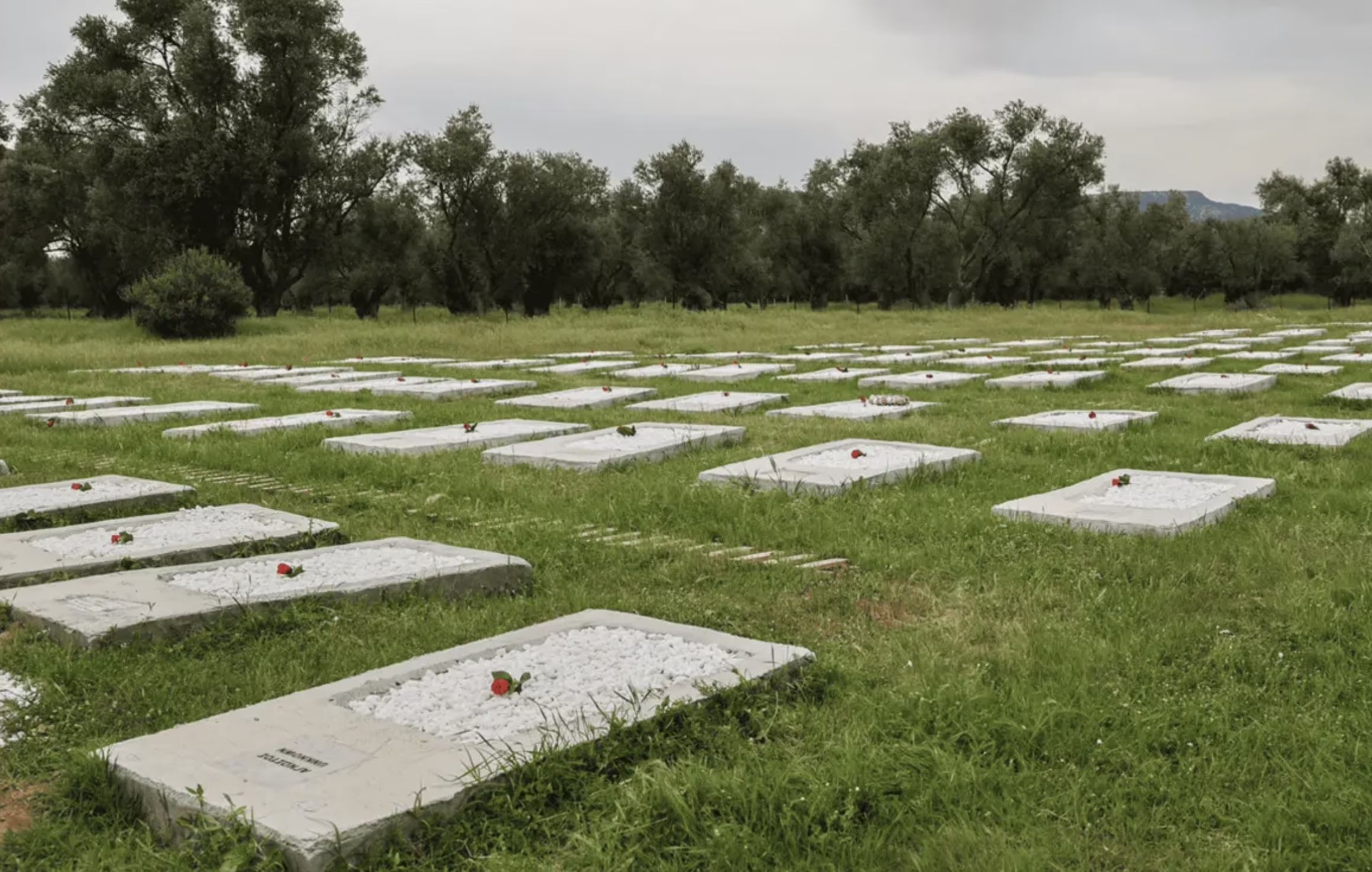
In Greece, there is a cemetery for refugees who drowned while trying to cross the Aegean Sea.
Since the start of the year, the number of recorded entry attempts has fallen by 20%. But the figures rise and fall, while the drivers remain the same—war, repression, poverty. These are the forces shaping the flow, which can never be fully sealed off. For European politicians, the challenge is that the crises will not disappear, and answers will have to be found regardless of who is in power.
